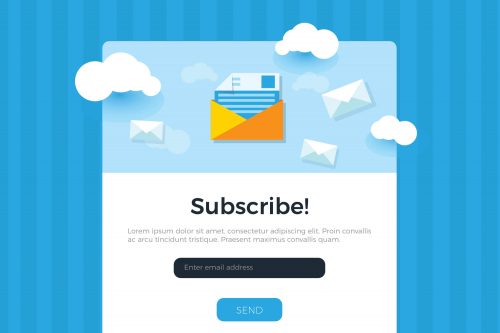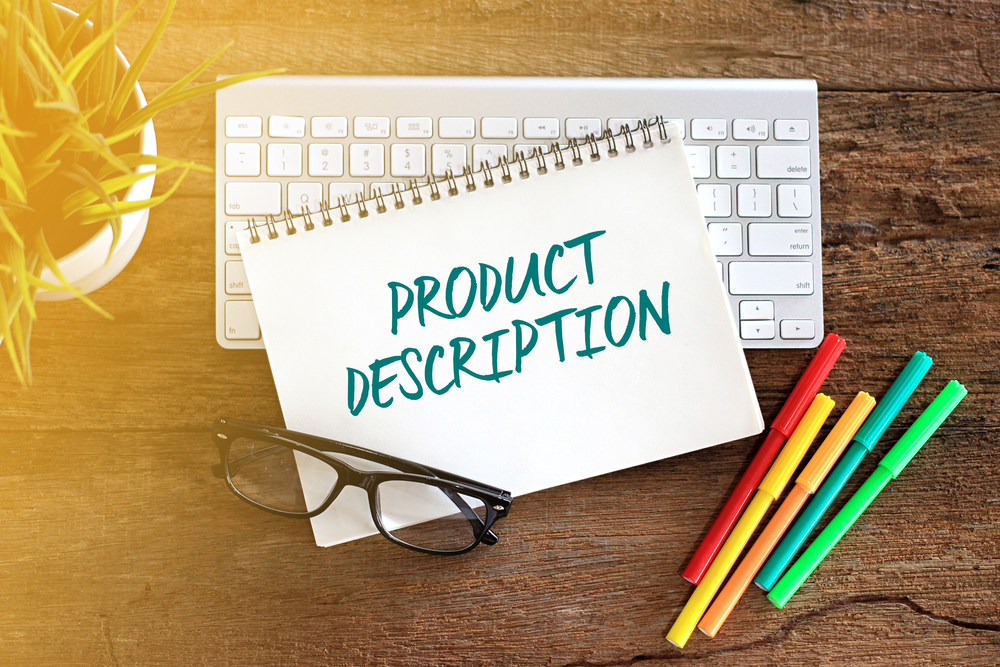Bet you love the product you sell! And why not. After all, you do believe in it enough to set up a business for it, don’t you?
In fact the product or service you offer is the very foundation of your business.
However, just because you love your product, it doesn’t naturally follow that everyone else will too.

Perhaps they don’t know it well enough like you do. Or they don’t yet know how it can make their life better in any way. In any case, if you want them to buy your product or service, you must make them know it and be interested in it.
So how can you do this on your online store? Especially when there is no salesperson explaining anything to site visitors? By writing awesome product descriptions of course!
There are some classic tips that work like a charm for writing persuasive product descriptions and they encourage customers to buy. Incorporate some of these wherever relevant and you will notice your words beginning to sell for you
Product description matters
1. Headlines with keywords are important.

As a seller, what do you want to be found for when a potential customer is searching the internet? To answer this question, imagine you sell cotton handloom shirts. Would you like to be found if someone searches the terms ‘cotton handloom shirt online’? Or ‘smart casual cotton shirts’? Or something else? Whatever those words are, they form your ‘keywords’. Make a list of your keywords and weave them into your headings and subheadings to improve your chances of showing up in an organic search by potential customers.
Customers don’t spend too much time reading all that text. So you must understand the importance of creating headings and subheadings for your product description and start to use your keywords as a part of these.
In addition, a platform like Shopmatic offers Search Engine Optimisation for all webstores so your product is more likely to show up on search results and viewed by more people.
2. Explain product benefits first rather than features

This is a timeless tip that is given over and over again. Yet, sellers still struggle to understand how to use it best. Let’s take the same example of the cotton handloom shirts to illustrate how to present benefits first rather than features to your audience.
The features of your product might be – made from handloom fabric natural fibers free of chemicals, hypoallergenic, not subject to dye migration, brightly colored.
So rather than saying ‘brightly colored shirt in handloom chemical-free fabric’, the benefit-first approach will be to say ‘Shirts that will look cool and let you stay cool in hot weather too. Brightly colored handloom cotton shirts are made with natural yarn that is breathable and will not irritate your skin or cause static electricity. The colors stay fast while your skin stays safe’.
See the difference? The benefit-first approach blends features with benefits and creates maximum impact by explaining how each feature actually benefits the customer.
If your product has remarkable features that make it stand apart from the competition, make sure you list them all. For instance, Apple mentions all the updated and latest features on its phone every time it launches a new model. And they explain what benefit each feature can give you.
Include all details and explain technical terms. Don’t use jargon!
3. Add sensory language to paint a picture and make the product real for readers

For instance, ‘softens with each wash; feels more comfortable against your skin as it becomes softer with each wash’. All these words paint a picture in the mind of the reader. In the absence of the ability to actually hold the product, your words can help with building an image in the reader’s mind, and make them more familiar with it.
A word of caution here – avoid using language that is too ‘flowery’. It loses authenticity. Stay simple and genuine in your description.
4. Tell stories around the product to entice customers.

Stories of communities where the product is sourced from, perhaps the development of your product, or even around versatile uses of your product. Find the story that exists around your product or service, and weave them into your product description. For instance; ‘This cotton is grown in the South of India and spun into yarns by the people of a certain community who have been doing this for generations now’.
Remember to stay brief! Just a sentence or two should suffice.
5. Include customer reviews to build trust

Nothing builds trust like a genuine review does. And remember, customers will look for reviews not just on your product description page, but also across your social media channels. So if you can link some reviews back to your product pages, it works very well as an extra impetus while the customer is deciding to buy.
6. Format with bullet points and paragraph – easy to scan or skim through

The main content of your product description ; where you talk of its benefits and features, is ideally presented in a minimalist format. As mentioned earlier, headings and subheadings are important. And the rest of the content should be presented in a combination of bullet points and paragraphs.
The idea is that even if readers don’t read everything and every story you’ve written, (which is very common), they get the highlights through headings, and can skim through bullet points to grasp important benefits and features.
If the text is presented as too dense, it will put off most readers so make an effort to say what you want in as few words as you can.
7. Don’t clutter the copy with clichés and overused phrases

Your writing is in danger of sounding flippant and annoying, your product information confusing and your brand uncreative. This is if you try too hard to use ‘smart sounding words’, clichés or just put together jargon to make sentences. Don’t do it.
Overused phrases may have sounded fresh at some point, but they lose impact and creativity soon enough. Don’t use those either. And while you’re at it, stay away from flowery language and long sentences too.
Just present your point in simple conversational language so that everyone of importance to your business can understand you.
8. Use a Call-to-Action (CTA)

A simple tip; yet easily overlooked, Ensure you have a button with a clear call-to-action for all your products.
‘Buy;, ‘Review’, ‘Add to Cart’; or anything else you want your customer to do when they are on that particular page. Platforms like Shopmatic have a built-in CTA that helps you drive engagement on your product pages. Take advantage of that.
There you have it. Simple tips that are evergreen and classic. Go ahead and try them out for your product descriptions and give your customers more reasons to buy from you.


